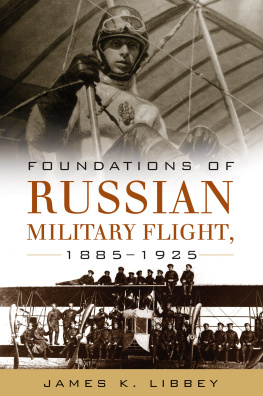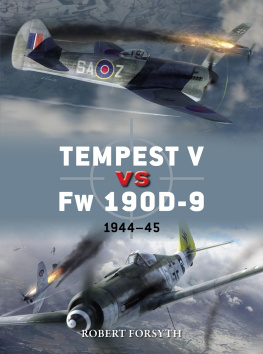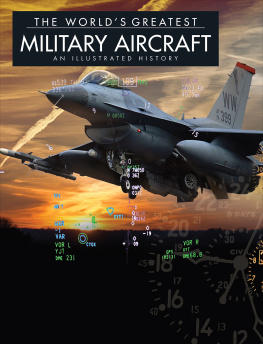THE LUFTWAFFES SECRET WWII MISSIONS
THE LUFTWAFFES SECRET WWII MISSIONS
DMITRY DEGTEV AND DMITRY ZUBOV
THE LUFTWAFFES SECRET WWII MISSIONS
First published in Great Britain in 2020 by
Air World
An imprint of
Pen & Sword Books Ltd
Yorkshire Philadelphia
Copyright Dmitry Degtev and Dmitry Zubov, 2020
ISBN 978 1 52677 547 4
ePUB ISBN 978 1 5267 7548 1
Mobi ISBN 978 1 5267 7549 8
The right of Dmitry Degtev and Dmitry Zubov to be identified as Authors of this work has been asserted by them in accordance with the Copyright, Designs and Patents Act 1988.
A CIP catalogue record for this book is available from the British Library.
All rights reserved. No part of this book may be reproduced or transmitted in any form or by any means, electronic or mechanical including photocopying, recording or by any information storage and retrieval system, without permission from the Publisher in writing.
Typeset by SJmagic DESIGN SERVICES, India.
Pen & Sword Books Limited incorporates the imprints of Atlas, Archaeology, Aviation, Discovery, Family History, Fiction, History, Maritime, Military, Military Classics, Politics, Select, Transport, True Crime, Air World, Frontline Publishing, Leo Cooper, Remember When, Seaforth Publishing, The Praetorian Press, Wharncliffe Local History, Wharncliffe Transport, Wharncliffe True Crime and White Owl.
For a complete list of Pen & Sword titles please contact
PEN & SWORD BOOKS LIMITED
47 Church Street, Barnsley, South Yorkshire, S70 2AS, England
E-mail:
Website: www.pen-and-sword.co.uk
Or
PEN AND SWORD BOOKS
1950 Lawrence Rd, Havertown, PA 19083, USA
E-mail:
Website: www.penandswordbooks.com
Preface
On the night of 14/15 August 1944 over the dense forests of the south-east of Moscow the roar of an unknown aircraft was heard. Flying past Kolomna, it turned towards Yegoryevsk. At that moment, at the secret landing site the men of a detachment from SMERSH (Stalins elite secret service) turned on the landing lights the mysterious beast was heading into a trap. Soon the growing roar of engines was heard, then the darkness was pierced by the beams of the aircrafts lights, rapidly approaching the ground. Against the dark background of the trees the black silhouette of the aircraft could be seen. The soldiers close to the landing strip noticed that it had a strange shape, and the fuselage was particularly thick, almost like a submarine. But then the most amazing thing happened.
Taxiing along the airstrip, the plane missed all the traps that had been dug for it. Some of the SMERSH men panicked and shots rang out, followed a moment later, without orders, by indiscriminate fire from everyone. But to their astonishment the ghost reached the end of the clearing, rapidly swept over all the pits and took off! The officers and soldiers could not understand what they had seen. What sort of plane was it and what kind of wonderful landing gear did it have?
This was one of the many dramatic episodes of the operations of the secret units of the Luftwaffe, engaged in the delivery of agents and saboteurs behind enemy lines. The activities of the pilots and crews of these squadrons, even within the Luftwaffe itself, were highly classified. Only a limited number of people knew of the missions of these units, and strict security measures were observed even within the squadrons themselves. It was common practice for crews to know nothing about the assignments of their colleagues. At the same time, pilots sometimes did not see who they were carrying, and in flight logs instead of the time of departure, the airfield, the purpose of the mission, the time and place of landing, only the code name of the operation was recorded.
The activities of these units and aircraft covered the whole of Europe, neutral countries, North Africa, the Arctic, the Urals, the Caucasus and Central Asia (including Iran, Iraq and Afghanistan). The Luftwaffe not only flew to these remote and dark regions, but also established secret bases and airfields. Many secret missions had a pronounced adventurous and hooligan character, led to heavy losses in men and equipment and rarely had a serious impact on the course of the war. But they were very exciting and dramatic events, not inferior to the scenarios of the best American blockbusters.
Drawing on numerous German and Russian (many until recently classified) sources, this book has assembled all the available information about the operations of the Luftwaffes special units, their secret missions, and the fate of their participants: the organizers, pilots, agents and saboteurs. It also covers the various rebels in different countries that the Nazis attempted to support with weapons and equipment.
Chapter 1
The Wings of the Abwehr : The Dawn of Secret Missions
The secret activities of the talented organizer of secret missions Theodor Rowehl left a significant mark on the history of the Luftwaffe, German military intelligence and the Third Reich. However, before going into Rowehls career, a brief overview of the recovery of German military intelligence after defeat in the First World War is necessary.
Under the terms of the Treaty of Versailles of 1919, all German intelligence services were dissolved, apart from the internal security service. However, the militaristic aspirations of the German armed forces survived even after the shame of defeat in the war. Moreover, many ex-officers of the Imperial Army, who remained in the service of the Weimar Republic, were convinced that Germany was surrounded by enemies. All these circumstances made sure that German intelligence agents would not be unemployed for long.
In 1921, the German government formed a body within the Ministry of Defence, which was entrusted with the functions of collecting open military information abroad and military counterintelligence in the Reichswehr. It was given a vague name Department of Foreign Information and Defence ( Mat Auslandnachrichten und Abwehr ). This intelligence service, which soon became known simply as the Abwehr , was headed by Major Gempp. In the first years of its existence, it was exclusively concerned with counterintelligence. In its small organization there were only two groups Ost and West . For direct work in the regions, Abwehr points ( Abwehrstellen ) were created in each military district.
However, gradually the collection of open information abroad became a fully-fledged active intelligence service with all the usual clandestine attributes. In the central office of the Abwehr the relevant departments were formed. A branch office was established in Knigsberg and satellite offices in Marienburg, Allenstein and Gumbinnen. The task of the latter was to organize intelligence operations against Poland and the Soviet Union.
During the 1920s and 1930s, the organizational structure of the Abwehr was constantly changing and improving. In 1938 it was reorganized into the Office of Intelligence and Counterintelligence of the High Command of the Wehrmacht. Its chiefs also changed. In 1928 Major Gempp was replaced by Oberst Schwantess who as early as 1 June 1929 handed the business to Oberst Ferdinand von Bredow. After that only naval officers were at the head of Abwehr : Conrad Patzig (from 6 June 1932), then Wilhelm Canaris.
















